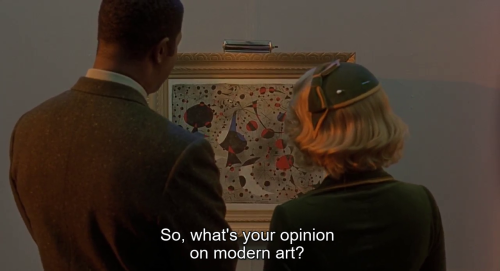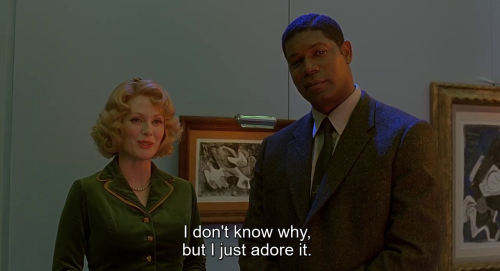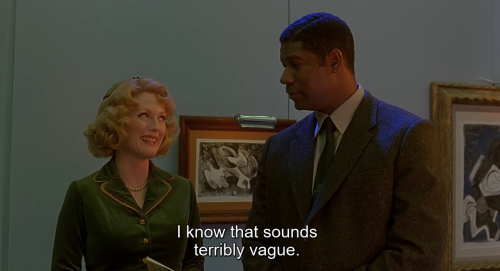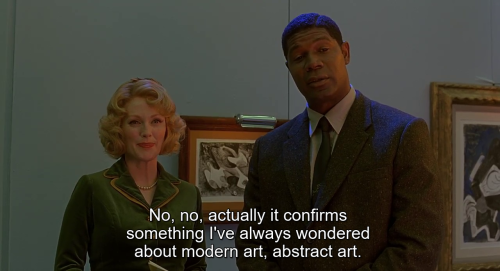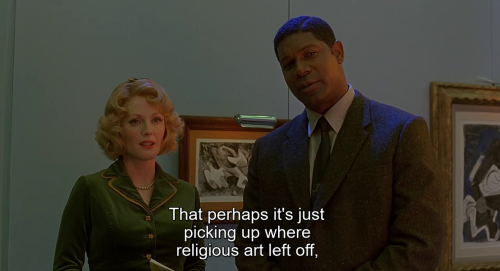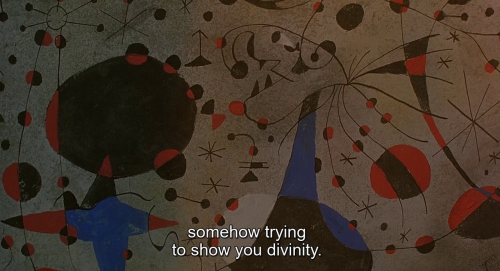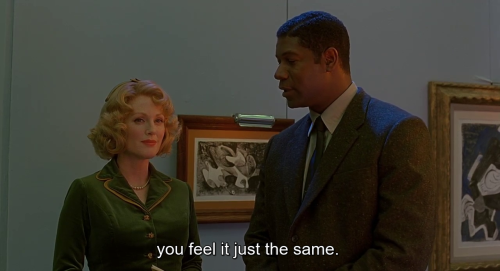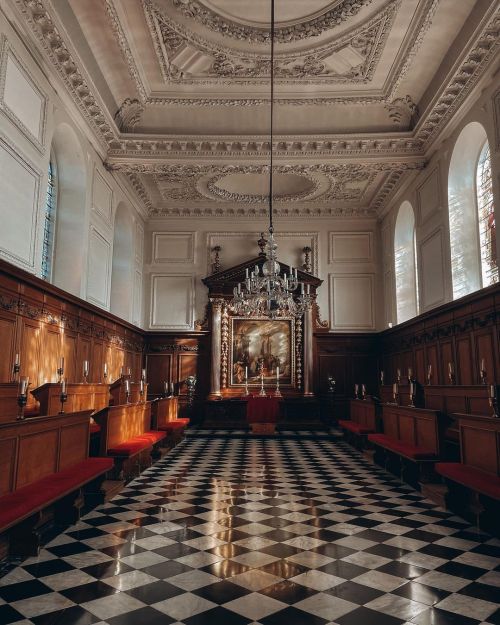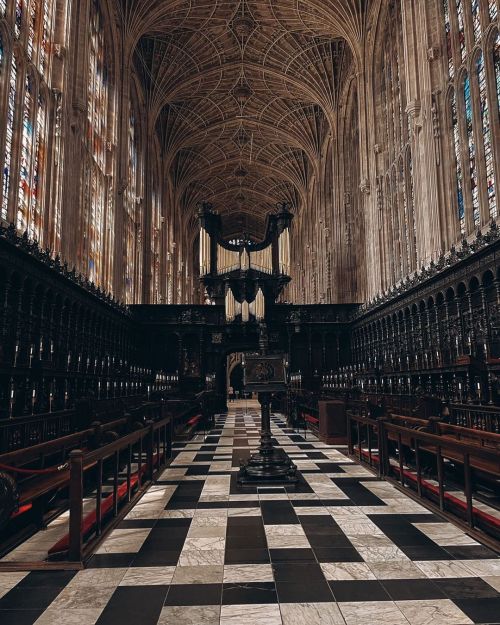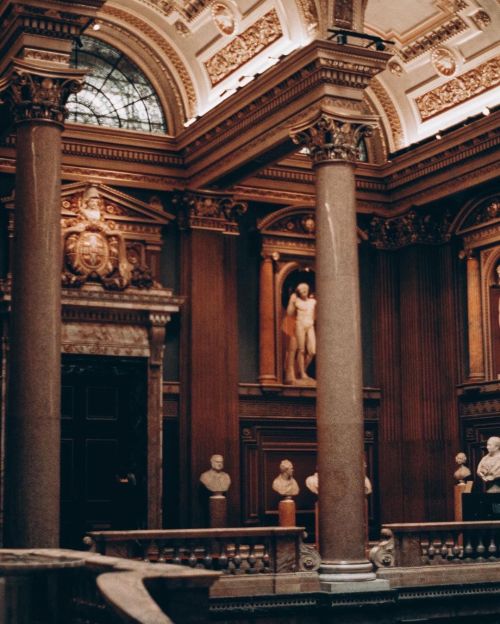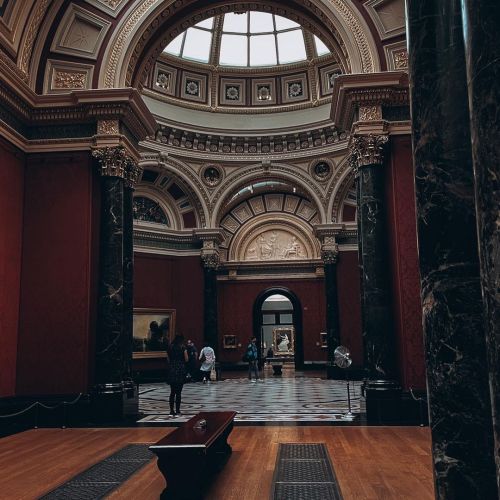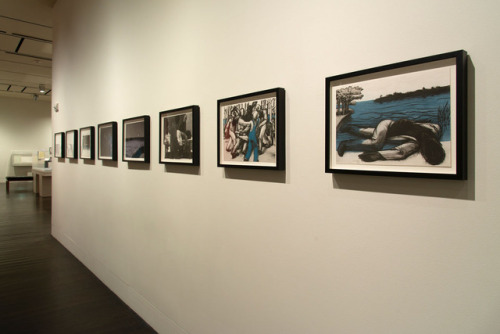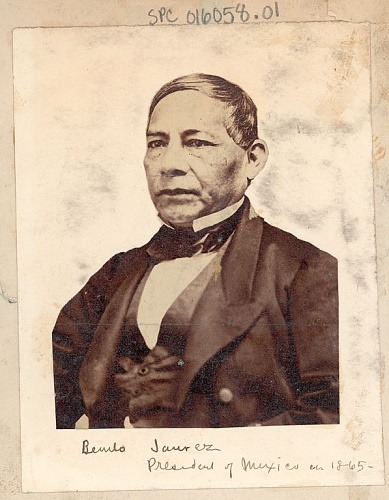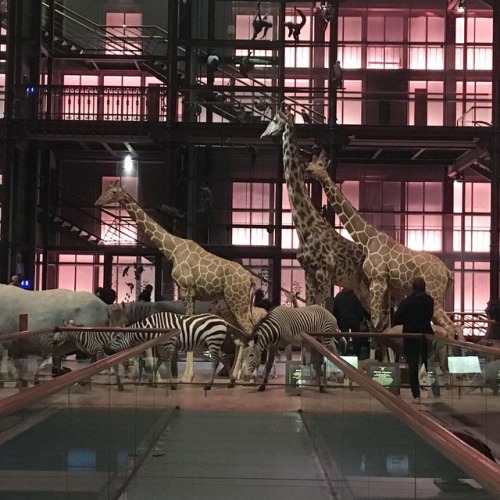#museums
Processional Way of Babylon @ Pergamon Museum, Berlin
.
.
.
.
.
#Travelgram #Traveller #SeeTheWorld #TravelTheWorld #WorldTraveler #JustTravel #Globetrotter #WorldExplore #GoExplore #GoPlaces #GetOutStayOut #CityTravel #ExploringTheCity #CityExplore #AmazingCity #berlin #pergamonmuseum #processionalway #ishtargate #processionalwayofbabylon #history #museum #museums #visitberlin #germany #museumisland #museumsinsel #culture #tourism #tourist (at Pergamonmuseum)
https://www.instagram.com/p/CMMmoHJhYO9/?igshid=ara690q80bsp
Post link
Happy International Women’s Day
Emmeline Pankhurst’s Hunger Strike Medal @ Museum of London
To celebrate the day here is a photo of Emmeline Pankhurst’s Hunger Strike medal she received 1912.
We saw on our visit to the Museum of London a few years ago, where they had a inspiring Suffragette Movement exhibition. For a closer look at the pin just SWIPE RIGHT
.
.
.
.
.
#Travelgram #Traveller #Instatravel #TravelTheWorld #JustTravel #GoPlaces #visitlondon #visitengland #london #museumoflondom #suffragette #emmelinepankhurst #womenshistorymonth #internationalwomensday #womensday #history #museums #photooftheday #londontourism #tourist #tourism #Britishhistory #ukhistory #medal #pankhurst #instagood #picoftheday #instadaily #photography #photos (at Museum of London)
https://www.instagram.com/p/CMKyHQhBCCW/?igshid=czzdrw0rss81
Post link
Powerful currents: John Wilson’s “Down by the Riverside” prints, currently on view as part of “Stories to Tell,” “help demonstrate the haunting timeliness of their depiction of displacement, separation and loss, tragedy, and desperate hope."
https://ransom.center/john-wilson-prints
Post link


“Between what is said and not meant, and what is meant and not said, most of love is lost.” || ~Khalil Gibran
Balloon weddings were once all the rage. When flight was a novelty in the 19th century, these “destination weddings” became quite the spectacle.
The Sept. 27, 1888 wedding of Margaret Buckley and Edward T. Davis drew an estimated 40,000 people, who watched as the couple took to the air after their ceremony at the Rhode Island State Fair.
Their honeymoon-by-sky hit a snag, though, when the balloon landed in a swamp that evening. The passengers had to cling to the ropes above the basket to stay out of the water—and decided to finish the trip by train.
Later, the couple reenacted their wedding for a photographer in a studio, which is how we have this photo in our National Air and Space Museum.
Read more about this old-school wedding trend.
Post link
For more than 100 years, no one knew how Smithsonian scientist Robert Kennicott died.
He started as part of a rowdy band of scientists who lived in the Smithsonian Castle and named themselves the megatherium club after an extinct giant sloth. When their work was done for the day, they took to drinking, having sack races down the hallways and serenading the boss’s daughters.
To start the new season of our podcast Sidedoor, we trace Kennicott’s life and uncover the mystery of his death with our modern bone detectives.
Listen now online and subscribe wherever you get your podcasts.
Post link
National Doughnut Day goals.
This pastry princess—check out that crown!—is from the Sally L. Steinberg Collection of Doughnut Ephemera in our National Museum of American History’s Archives Center. (Steinberg also considered herself a doughnut princess, as her grandfather Adolph Levitt was America’s original “doughnut king,” having developed the automatic doughnut making machine and founded the modern American doughnut industry.)
We’ve got more than a baker’s dozen in our collections. Find your favorite Smithsonian doughnut to snack on.
Post link
Happy Cinco de Mayo! (It’s not Mexico’s Independence Day.)
Cinco de Mayo actually celebrates the Mexican victory over the French at the Battle of Puebla May 5, 1862.
Thisportrait from our collection is of Mexican President Benito Juarez. After reclaiming the presidency post-French invasion, he declared that May 5—the anniversary of the Battle of Puebla—would be a national holiday.

The first Cinco de Mayo celebrations didn’t include margaritas, because they weren’t invented until the 1940s. By the 1970s, the margarita surpassed the martini as the most popular American cocktail.
This is the first frozen margarita machine, invented at a restaurant owned by Mariano Martinez. When blenders couldn’t keep up with the high demand for margs, he found inspiration in the 7-Eleven Slurpee machine. The original retired when Martinez’ restaurant moved 34 years later, and now it’s in our National Museum of American History.
Post link
My brother’ssister.
Italy, 23/07/2019





We had a great weekend teaching at the new Prey Taxidermy studio. It was our first Birds 101 class here— and it won’t be the last, don’t worry!
A big thank you to our fabulous students and to my team, @paloma.pajaro and @thehighandlow. Both Paloma & Lauren started out by taking this very class years ago!
In this class, students worked on the invasive but beautiful European Starling. They went from a frozen, dead bird to finished taxidermy in just two days. Bravo, you guys!
.

Just steaming this Peacock train and getting it to lay right.
Fun fact: the beautiful cascading feathers of a Peacock are not the tail; they’re actually specialized display feathers that sit on his back called the ‘train’. The tail is underneath and is a drab grey color.
You can see the tail easily when looking at a female, the Peahen. The species is collectively known as ‘Peafowl’.







Let’s talk about recreation taxidermy. All the photos here are of extinct animals, minus the humans who are very much thriving.
‘Recreation’ or ‘Reproduction’ taxidermy refers to utilizing specimens and/or taxidermy techniques to create an approximation of an extinct, rare or other species. These are usually for museums or educational purposes, but some taxidermists/artists just like the challenge.
This is a process involving both intense research and sculpture work. Many times the taxidermist / creator will consult or work directly with scientists to achieve the best guess at what these animals looked like.
Ken Walker, pictured here with his Irish Elk, actually used ancient cave paintings for some of his reference. He used several modern Elk hides pieced together for this Ice Age giant.
Next, you can see Carl Church’s wonderful Dodo. Though recently extinct, there are no Dodos left in modern collections; only bones and a charred head. Many descriptions and illustrations of Dodos were done by naturalists at the time, but there is much variation in them. Carl most likely had to review hundreds of sources as he decided on a plan.
Finally, this very recent Terror Bird recreation at Blue Rhino Studio for a museum diorama. You can see how the artist first sculpted a small maquette. I am sure several illustrations and versions were done - and perhaps weighed in on by collaborators. After all the aspects are refined here, it was then built to scale and actual feathers added. I adore this piece.
So, you can see that taxidermy is far from being a ‘dead art’. It’s truly breathing new life into species lost to time.

A bit about European Starlings: these feisty, metallic birds are the most numerous bird in North America despite being from, well, Europe.
Annoyingly, in 1890 a drug manufacturer named Eugene Schieffelin thought he knew better than Mother Nature and released around 60 of them in Central Park. He thought it was ‘a shame’ that America didn’t have the birds that Shakespeare wrote about.
Today, the ancestors of these birds decimate crops, resources and nests of native birds.
Every farmer or naturalist will tell you that the only good European Staring is a dead one - unless perhaps it resides in native Europe.
So, we’re putting some from pest control to good use in my classic Birds 101 class.



My account was hacked, sorry about all the sexual content.
::sigh:::
Let’s get back to our regularly scheduled programming: here is a Saw-Whet Owl piece I did a while back.
They’re one of the smallest owls in North America— and they’re gosh-darn cute.
One of my favorite facts about owls is that they cannot move their eyeballs; their eyeballs are actually bones except for the lens. This is why they have developed such a huge range of motion in their necks.
See? These kinds of hooters are more interesting.
EDIT: I saw some more posts from my hacking; they put photos in my queue. All gone now!

I’m having a giveaway from my adventures in Paris. Head on over to my Instagram to enter!










The Musée de la Chasse et de la Nature, or ’The Museum of the Hunt & Nature’, is a stunning collection of both classic and contemporary pieces. The museum itself is truly a piece of art that one wanders through. A celebration of man’s obsession with animals, hunting and conservation.
Artist Kohei Nawa’s gorgeous ‘PixCell Deer’ is currently on display along side classic stags and other fauna. From Japan, Nawa’s cultural belief in the sacred nature of deer cannot be more clearly defined here.
And, much to my delight, an entire room is focused on dogs. Louis XIV’s portraits of his hunting hounds and lap dogs are featured.
Modern works are sprinkled throughout this beautiful 1600s mansion. You might find modern sculptures decorating a vast antique gun collection or trophy room. I finally got to see one of Kate MccQwire’s stunning feather pieces. (I could not get a satisfactory photo sadly. Her work can be seen here: @kate_mccgwire)
Also in the collection is this expressively deceased bronze bear head by artist Nicolas Darrot. Shown simply here, it has a hidden bronze diorama within it’s neck.
Through its art, the collection also makes one look at the ways in which we utilize animals today. Pascal Bernier’s piece ‘Farm Set’ uses one taxidermy hen and a mirrored box to make a big statement about factory farming.
There’s no ‘bad taxidermy’ here and you can see the collections are truly alive. Wonderful to see such a vibrant institution supporting the past and the future of wildlife artistry and design.
Strolling amongst the parade of animals at the Muséum National d’Histoire Naturelle is a state of awe. This beautifully designed spectacle is truly greater than the sum of it parts.
Many of the animals individually were taxidermied in the 1800s or early 1900s. Though from a distance and in such a mass, our eyes are delighted.
And, one has to marvel at the craftsmanship of a taxidermy specimen from 1850 still delighting the public today.
That’s why I wanted to share some photos also of the ‘bad taxidermy’ from this museum and make a case for it.
In museums such as this in the later 1800s, it was common for the preparator / taxidermist to have limited (if any) information about the animal. They were not the collector, usually not a biologist and certainly did not have access to google images or Wikipedia. They mostly likely had some illustrations and writings from field biologists— if they could track them down in the museum’s library.
What they had to work with was typically a dried skin perhaps stuffed with straw and a cleaned skull with teeth. Everything had to be prepped in the field and sent along in crates as there was no refrigeration. Many times this would take months and there was no communication between the collectors and the taxidermist.
So, while some pieces may have been done by a skilled naturalist / taxidermists like John Gould or Carl Akeley, most were done by confused museum employees doing their best with what they had.
So, while the rest of the museum patrons see an ‘angry Hippo’ or a ‘bad Seal’, I get to walk through time. I see an 1800s taxidermist who heard terrifying stories about Hippo attacks. I see a very confused Parisian taxidermist from the early 1900s who was guessing about how flippers worked. (He guessed wrong, but A for effort.)
And yes, I imagine future taxidermists, walking through museums, pondering my mistakes.
Post link








Our replica reptiles class with Olivia Miseroy could not have gone better! 15 students learned posing, mold & casting, made their own resin snakes and painted their big rattlesnakes too. And, it was the first class at the new Prey studio!
A big thank you to Olivia for her expert instruction and dedication to her craft. We would love to do this class again and maybe do an advanced class too. You can follow Olivia at @terrafaunadesign
Thank you to my wonderful and talented students for coming. What a fantastic bunch! I can’t wait to see what you guys do next!
Oh, and we even enjoyed a lunch with our taxidermy-dad Tim Bovard, taxidermists at The Natural History Museum of Los Angeles.
Great weekend!

